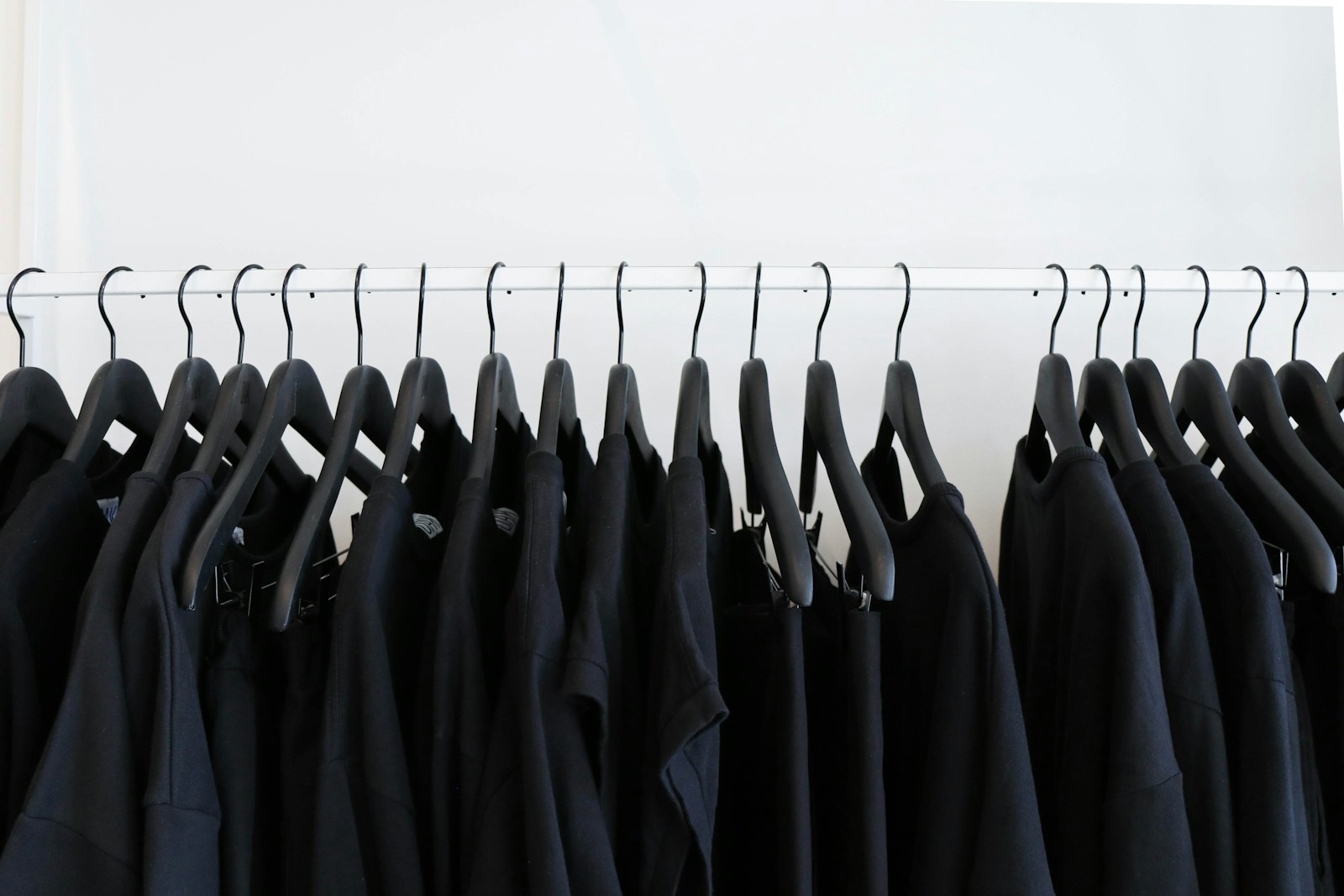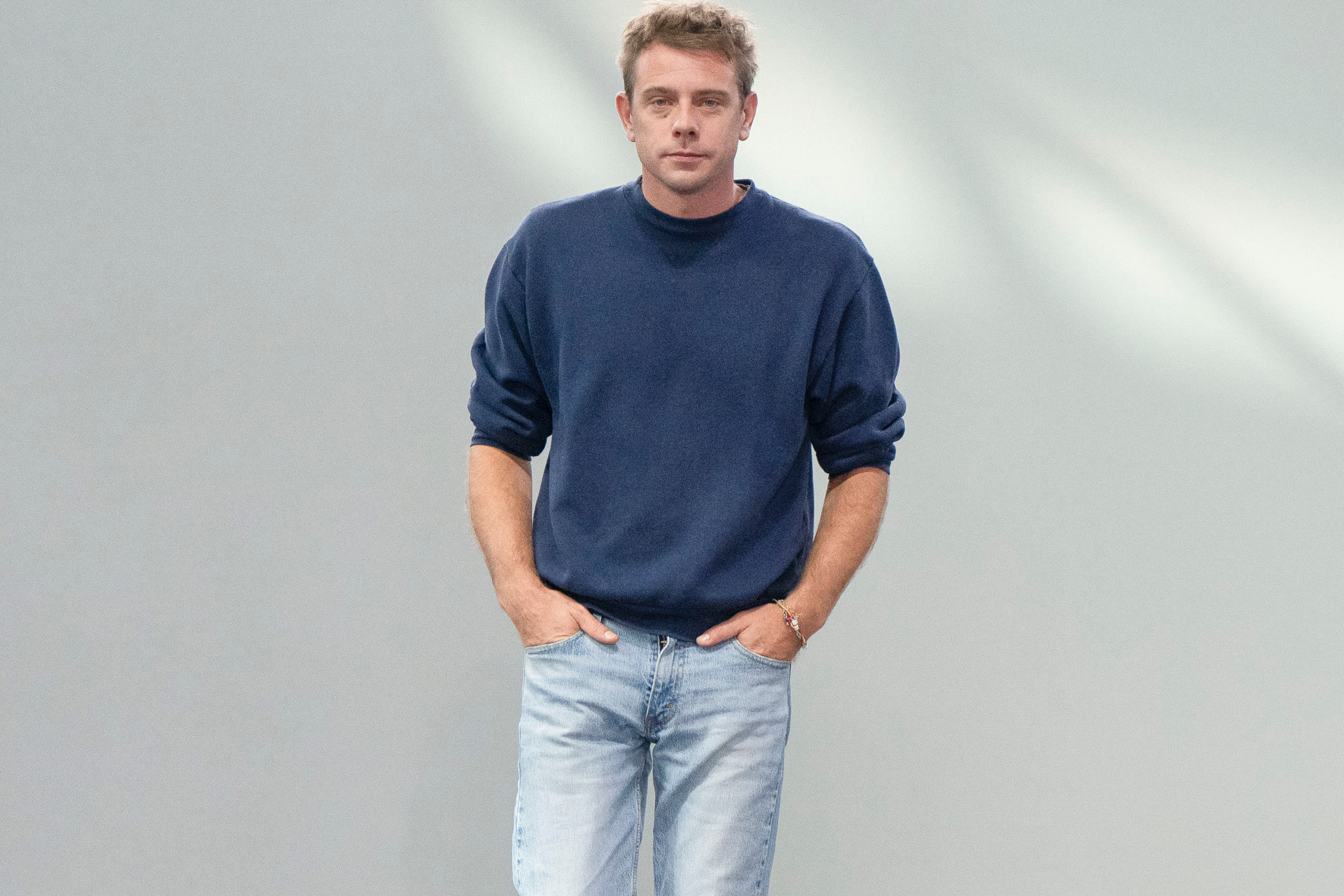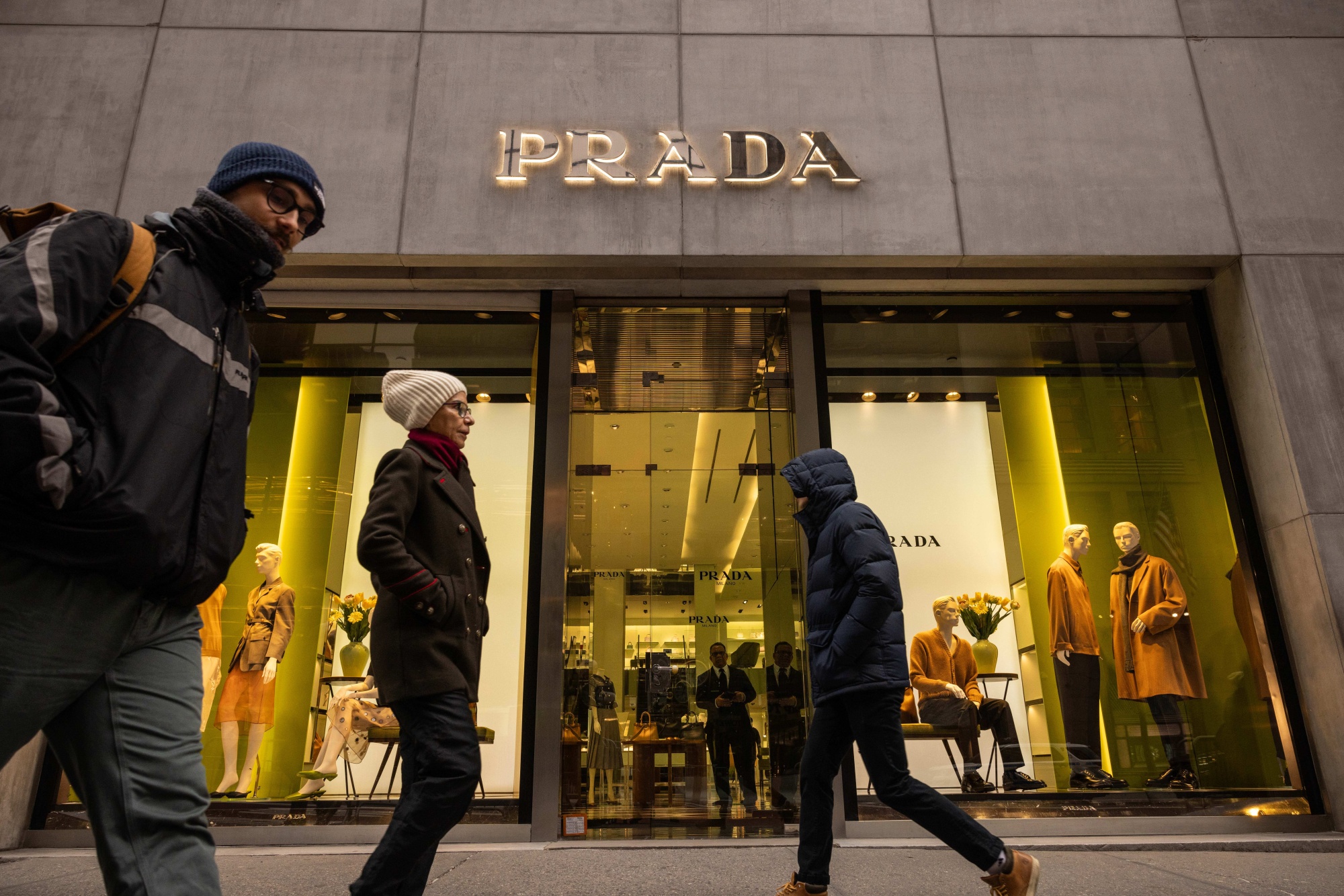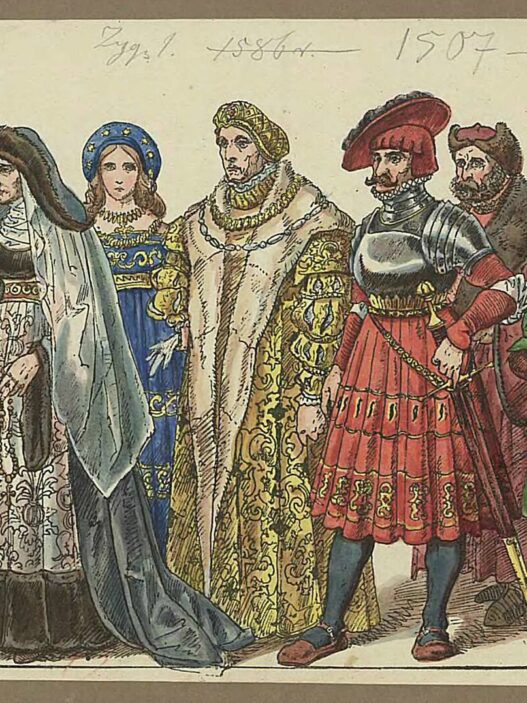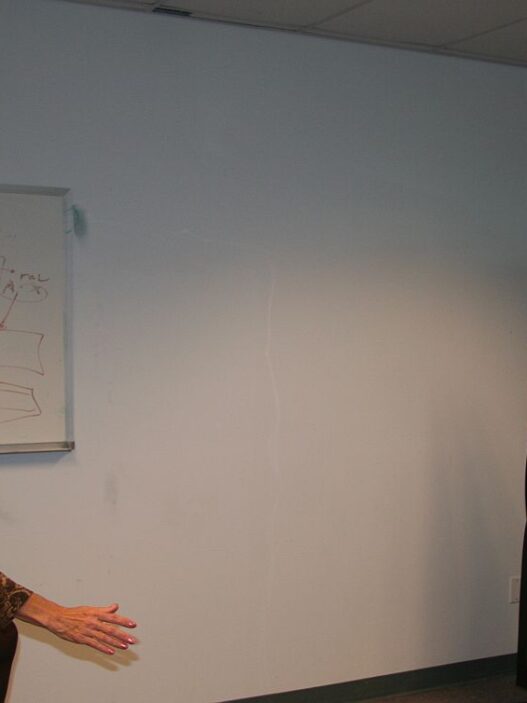As couture celebrates creativity, fast fashion hijacks it—copying, diluting, and profiting off its frivolous success. From Sabyasachi’s iconic clutches to Maison Margiela’s Tabis, Miu Miu’s sunglasses to Bottega’s unmistakable weaves—every inimitable masterpiece inevitably finds its cheaper doppelgänger lurking in fast fashion aisles and e-commerce pages, all under the guise of making fashion “accessible.”
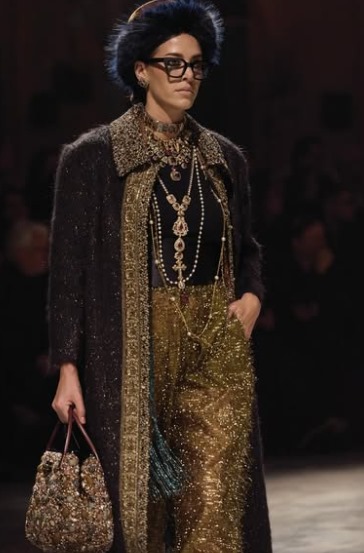
Source : Sabyasachi Instagram
But here’s the elephant in the dressing room—should fashion be that imitable? Is it truly for everyone? And how accessible should it be?
Fashion, at its core, belongs to everyone. Style, however, is personal. When a brand creates something with a spirit that is uniquely its own, it isn’t just making a product—it’s igniting a cultural moment. The goal? To create an insatiable desire, a viral frenzy, a consumer stampede—where everyone covets the piece of the season. But how far will you go to get your hands on the item that’s selling out faster than you can say “add to cart”?
For some, it’s a game of AMEX swipes, waitlists, and personal shoppers. For others, it’s months of saving, trading avocado toast for instant noodles, cutting corners just to afford that first piece of couture. And then, there’s the alternative—settling for a copy, a “respectable” imitation, something that mimics the dream until you can afford the real thing. Because in a world obsessed with having fashion, the real question remains—how much does owning it truly cost?
If you’re not willing to sell a kidney for a micro bag, you do the next best thing—settle for the bait fast fashion is selling. From distilled versions of viral runway moments to their own take on the hottest trends, brands like Zara, H&M, Mango, Primark and Steve Madden have turned aspiration into affordable reality. They don’t outright steal; they simply “reinterpret”—just enough to let fashion enthusiasts fill their wardrobes without completely erasing the essence of the original.
Zara: The Art of the Almost-Legal Copy

Zara, in particular, has perfected this game. It’s always the first to jump on global trends, cultural moments, and celebrity obsessions—without ever needing a single collaboration with a designer or couture house. Unlike its Inditex sibling H&M, which prefers to play by the rules with couture collabs (from Mugler’s legendary pieces to Sabyasachi’s India-sells-out-in-minutes moment), Zara operates with a different, more uniquely adaptive nature.
The Spanish fast fashion giant has built an empire by distilling high-end runway looks into affordable, mass-market products at lightning speed. Traditional luxury houses spend months perfecting their collections—Zara replicates and delivers trends to stores in two weeks. That efficiency, however, has earned it a reputation as fashion’s most infamous copycat.
The accusations are endless:
- Balenciaga’s Sock Sneakers – Zara launched a nearly identical version right after Balenciaga’s became a cult classic.
- Céline’s Minimalism – Phoebe Philo’s structured coats and handbags found suspiciously familiar counterparts in Zara’s aisles.
- Bottega Veneta’s Quilted Sandals – The high-fashion woven leather trend was quickly reimagined for Zara shoppers.
- Indie Designer Scandals – Small designers like Tuesday Bassen have publicly accused Zara of copying their artwork without credit.
And yet, despite the uproar—nothing truly happens. Zara faces outrage, Twitter threads go viral, designers call it out… and then? The cycle repeats.
Why Zara Always Gets Away With It
Here’s the hard truth—fashion design, unlike logos or original artwork, is not easily protected under intellectual property law. A brand may own a design in spirit, but unless it has a design patent, trademark, or copyright, Zara (or any other fast fashion giant) can make minor tweaks and sidestep legal repercussions.
Take Christian Louboutin vs. Yves Saint Laurent (2011) as a case in point. Louboutin sued YSL for making red-soled shoes, arguing that it infringed on Louboutin’s trademark. The court ruled that Louboutin’s signature red sole was only protected when the shoe’s upper was a contrasting color—meaning YSL could continue selling all-red versions. The case proved that fashion elements can be trademarked, but only under specific conditions. A red sole? Maybe. An entire silhouette? That’s where the law gets blurry.
Even when lawsuits are successful, enforcement remains a challenge. Alexander McQueen, Balenciaga, and Bottega Veneta vs. Steve Madden (2010s–2020s) is another example. Steve Madden has repeatedly been sued for copying high-end footwear, from McQueen’s iconic “Armadillo” shoes to Balenciaga’s “Triple S” sneakers. The cases often rely on design patents, which only protect ornamental aspects for a limited time—allowing brands like Madden (and by extension, Zara) to tweak details just enough to escape legal consequences.
When Copies Cross the Line
Sometimes, imitation goes beyond silhouettes and into protected territory—like prints and signature patterns. Take Burberry vs. Target (2018). Burberry sued Target for selling scarves featuring an unmistakably familiar checkered pattern. Unlike design elements, patterns can be trademarked, allowing Burberry to take legal action. Even then, knockoffs persist because brands find loopholes—change a shade, tweak a stripe, make it just different enough.
The Uncomfortable Truth: Fashion’s Imitation Economy
As long as fashion exists, and the bar for making it “accessible” remains high, imitation will continue to fuel the industry—luxury and fast fashion alike. High fashion houses once thrived on exclusivity, crafting pieces that sparked FOMO and ignited cultural hysteria. But when prices reach kidney-selling levels, fast fashion steps in, offering the same coveted looks at a fraction of the cost. Whether it’s an almost-identical dupe or a cleverly spun “reinterpretation,” the allure of the original is no longer out of reach.
But where does that leave the industry? Straddling the line between exclusivity and accessibility, creativity and commerce, law and loopholes. Fashion has morphed into a game of “who wears it first,” where brands race to capture the viral moment—and more often than not, it’s a race to see who can copy it first. Luxury, once defined by scarcity, now faces a new reality—one in which virality, mass production, and social media trends have made the once elusive charm of couture just another item on the fast fashion conveyor belt. The question remains: What happens when the essence of luxury is eroded by its own desire for mass appeal? The very thing that once made luxury rare—its scarcity—has now become its undoing, reduced to a spectacle in the hands of the masses.
In the end, the industry’s future seems clear: as long as luxury exists, fast fashion will follow, churning out replicas and reimaginings, stitching aspiration into affordable fabric. It leaves you wondering—can true creativity thrive in a world where everything is a trend waiting to be copied? Or is fashion’s real evolution just one giant cycle of imitation, chasing the next big thing until even the “originals” are just another version of déjà vu?
Author:

Mitisha Mavani
Student Editor at Fashion Law Journal








